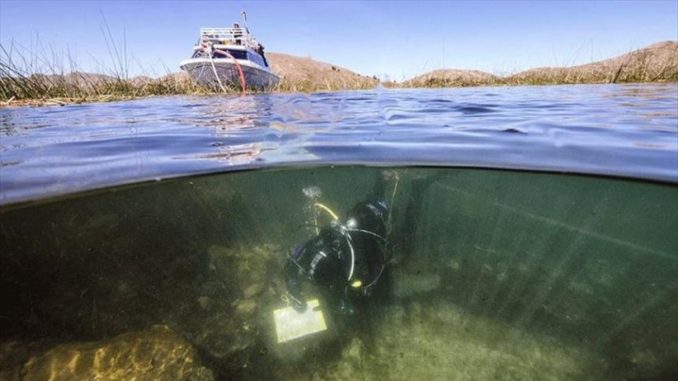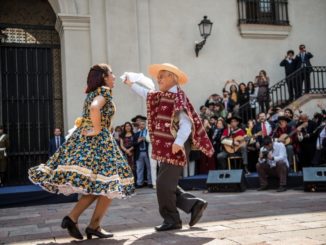
LA PAZ – Bolivia will construct an underwater museum at Lake Titicaca to show archaeological objects from the Tiwanaku culture, the oldest in the Americas.
The main objectives of the underwater museum are to develop community-based tourism while creating a center for scientific research.
“It will be both a tourist complex and a centre for archeological, geological and biological research, which will make it the only one in the world,” culture minister Wilma Alanoca said earlier this week.

The move comes a year after thousands of incredible artifacts were discovered by a Belgian research team at the bottom of the abyss. Lake Titicaca holds an important place in the hearts of local people — legend has it that Manco Capac, the son of the Sun God and his wife Mama Ocllo, emerged from its waters.
Around 10,000 pieces were found, the largest discovery of its kind in the area, including bone artifacts and kitchen utensils, dating back to the pre-Tiwanaku (before 300 AD), Tiwanaku (300-1100) and Inca (1100-1570) eras.
Tiwanaku is thought to be a cosmological center for the Tiwanaku empire from 300 BC to 300 AD.
#Tiwanaku (Tiahuanaco) – #mysterious place nearby #LaPaz and Lake #Titicaca in #Bolivia. #Scientists still discuss when was created but you can feel #precolumbian climate in the air!#world #travelblog #travelers #traveller #exploring pic.twitter.com/BdO02qpmoo
— wktorastrone.pl (@wktorastrone) January 8, 2018
The museum will be located on the shores of the “sacred lake” in the town of San Pedro de Tiquina, around 100 kilometers from the capital La Paz. It will be made up of two principal buildings with one built on the shoreside and the other semi-submerged.
It will cost $10 million (8.6 million euros) to build, in partnership with Belgian development agency Enabel. Alanoca said Belgium and Unesco would contribute $2 million to the project.
Members of a local coastal community of Titicaca will take part in the museum’s construction.

Lake Titicaca is the highest body of fresh water that is navigable by large vessels, sitting at an altitude of 3,800 meters (12,500 feet) and with an area of 8,372 square km. It is a natural border between Bolivia and Peru.
It was the birthplace of several local cultures before the arrival of Spanish colonialists.



